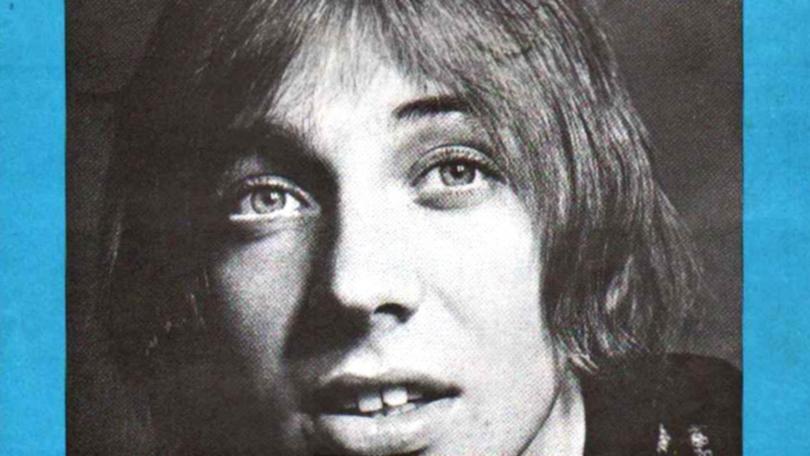Best Aussie songs from 1958-1969: From Slim Dusty’s Pub With No Beer to John Farnham’s Sadie
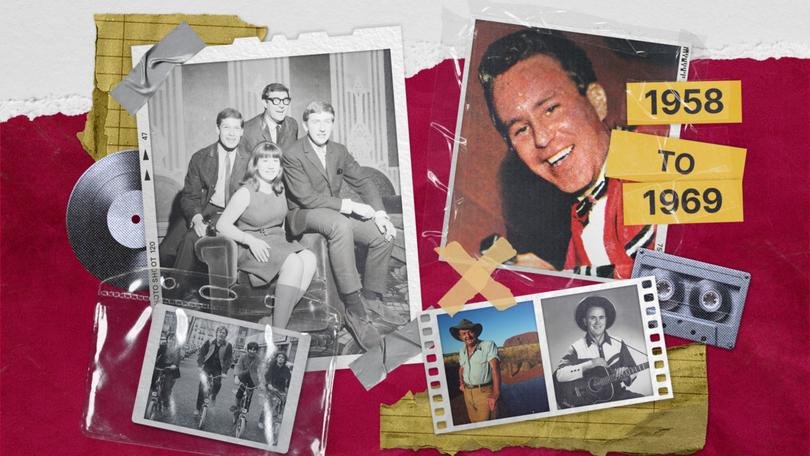
Across the nation, pubs, parties and backyard barbecues hum along to that old chestnut: what’s the best Australian song of this era or that year?
Put down those tongs and argue no more, our entertainment team has sizzled our homegrown music down to the best song of each year from 1958 to last year.
Based on chart performance, sales and cultural impact, we have chosen 66 Aussie anthems spanning more than half a century and genres ranging from country to hip-hop, from Slim Dusty to 5 Seconds of Summer.
Sign up to The Nightly's newsletters.
Get the first look at the digital newspaper, curated daily stories and breaking headlines delivered to your inbox.
By continuing you agree to our Terms and Privacy Policy.We’ll reveal our top picks from each decade so come back to see which songs dominated in the other decades.
We hope this gets you talking — and listening.
1958
Slim Dusty: A Pub With No Beer
Ranked fifth on APRA’s best Australian songs of all time in 2001, this country classic was the first Aussie single to earn gold status and has been adapted as Café Zonder Bier in the Netherlands and Ich steh an der Bar und ich habe kein Geld in Germany.
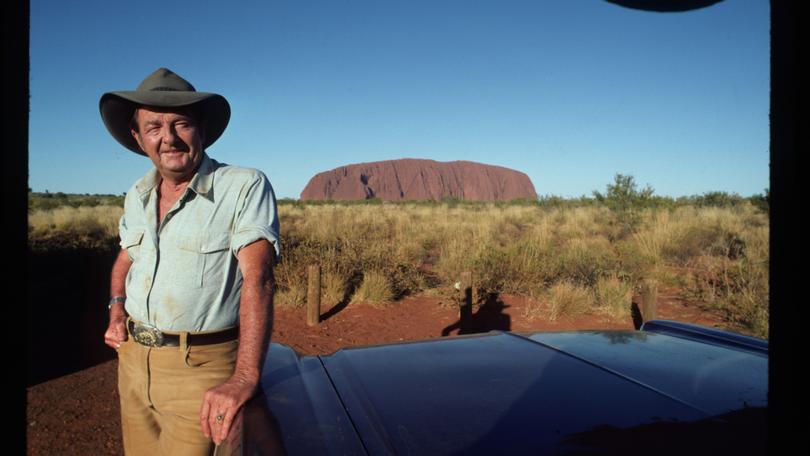
1959
Johnny O’Keefe: Shout!
Only a month after the Isley Brothers recorded their original version, the Wild One put his stamp on this party favourite.
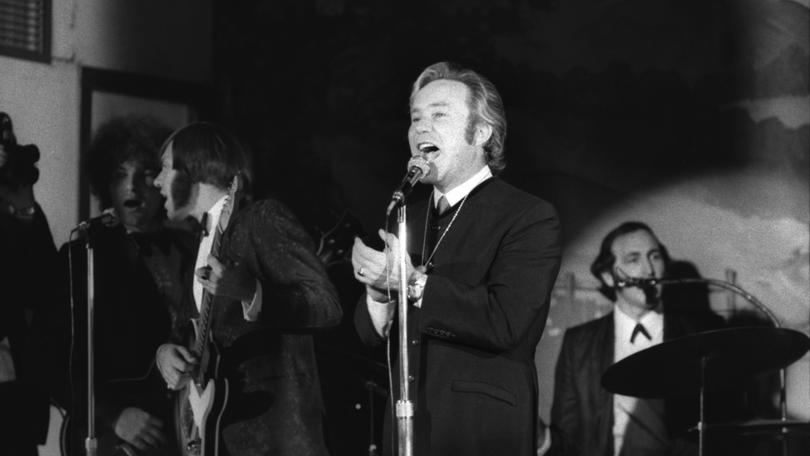
1960
Johnny Ashcroft: Little Boy Lost
This bush balladeer and vaudeville performer found fame with this smash-hit, regarded as Australia’s first country-rock single which recounts the successful search for four-year-old farm boy Steven Wells in NSW’s rugged New England Ranges.
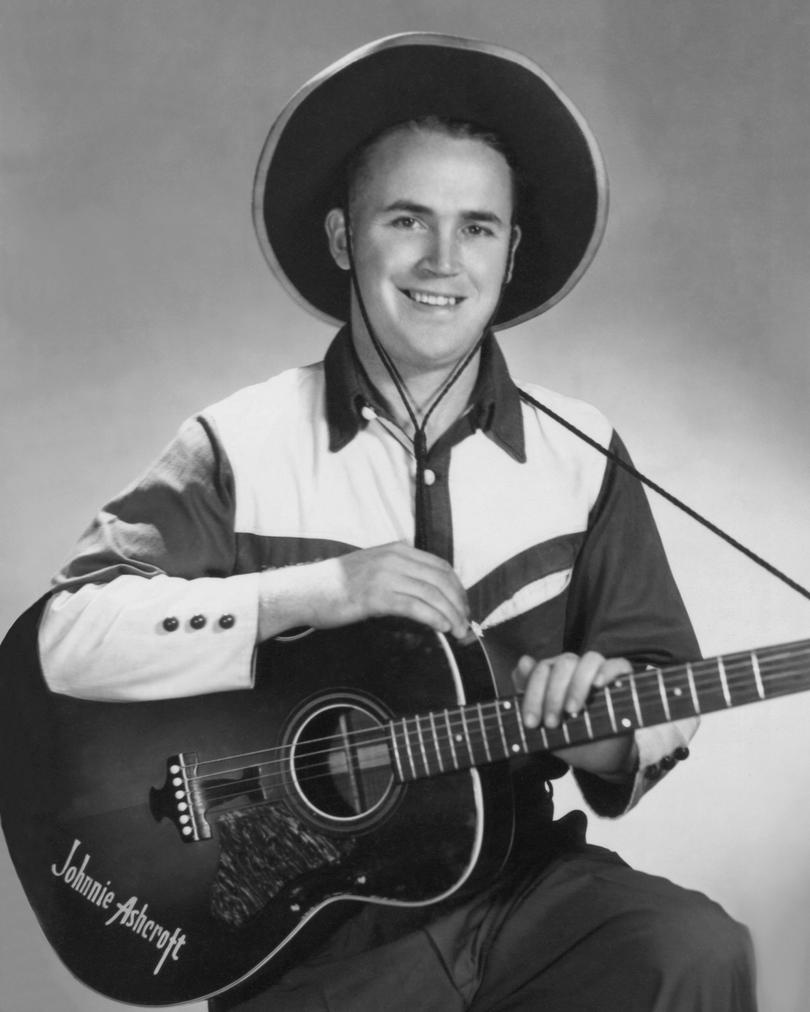
1961
Lonnie Lee: Sit Around and Talk to Me
Hardly a year packed with hits, rockabilly pioneer Lonnie Lee takes the biscuits over his mentor J.O.K. with this jaunty come-on.
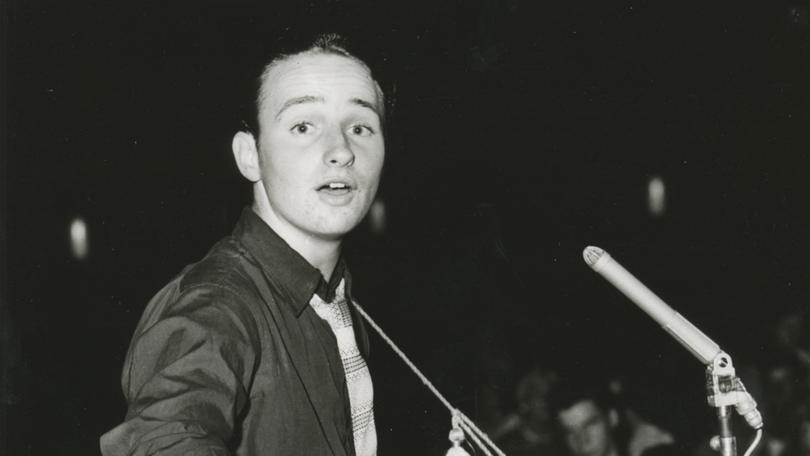
1962
Lucky Starr: I’ve Been Everywhere
Penned by Australian country singer Geoff Mack in 1959, musical all-rounder Leslie Morrison made his name as Lucky Starr with this chart-topper that starts out on the dusty Oodnadatta road.
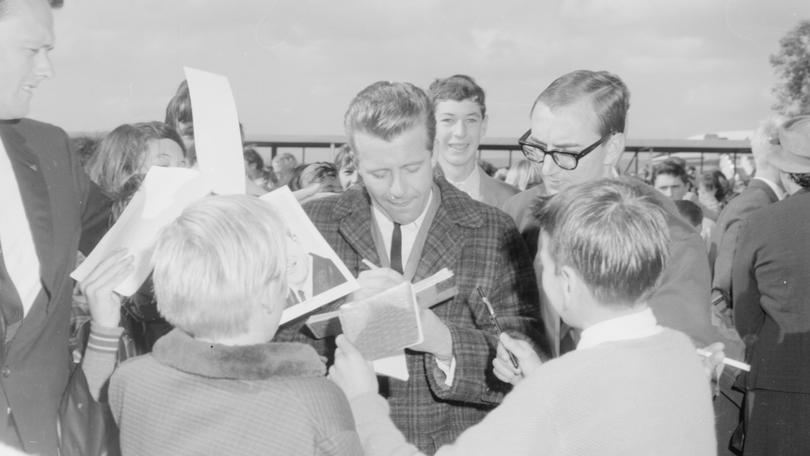
1963
The Atlantics: Bombora
Sydney group The Atlantics rode the popularity of surf rock to the top of the charts with this instrumental borrowing an Indigenous term for hazardous sea waves.
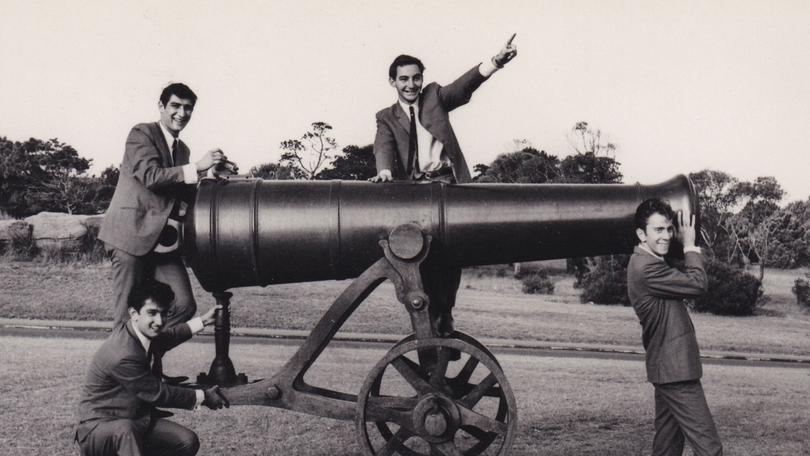
1964
Billy Thorpe: Poison Ivy
Billy Thorpe’s version of this oft-covered Leiber and Stoller chestnut about a sexually transmitted disease launched his career and kept the Beatles off the top of the charts.
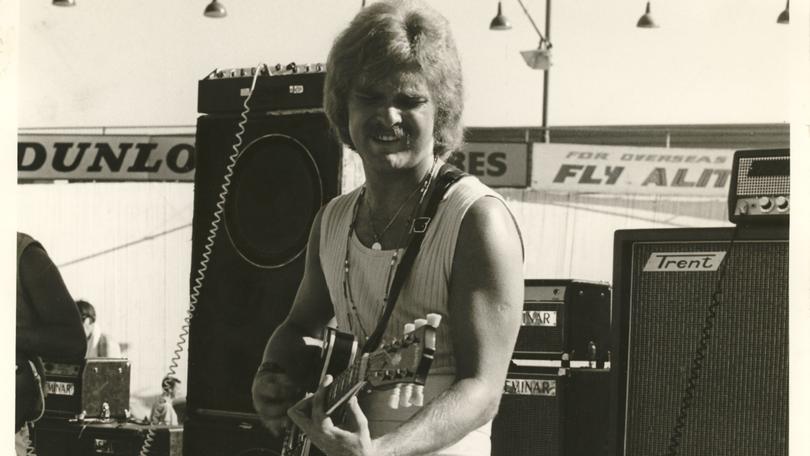
1965
Normie Rowe: Que Sera, Sera
The impact of the Beatles hit Down Under, with the Seekers and the Easybeats among the bands writing and recording their own material. Both those bands are unlucky not to land the best Aussie song of 1965. However our first King of Pop Normie Rowe’s reworking of Doris Day’s sing-along song Que Sera, Sera became his biggest hit and also, some say, the best-selling homegrown single of the decade.
Other contenders
The Seekers: The Carnival is Over
The Seekers: I’ll Never Find Another You
The Easybeats: She’s So Fine
Billy Thorpe and the Aztecs: Over the Rainbow
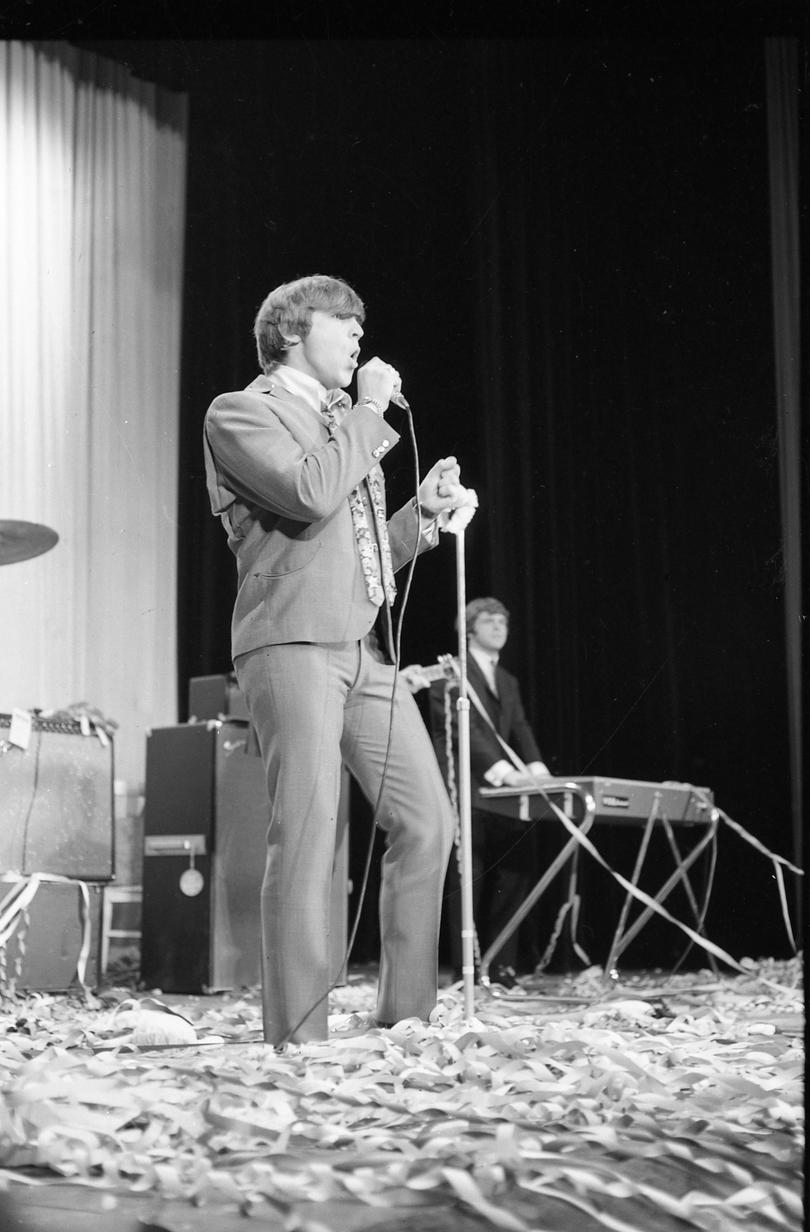
1966
The Easybeats: Friday on My Mind
Not just the best song of 1966, the Easybeats’ rocking ode to the working week is one of the greatest singles released by an Australian band. Which is bad news for the Bee Gees and the Loved Ones, who both released classic singles, as well as Johnny Young, who recorded Step Back — a hit co-written by Stevie Wright and George Young from the Easybeats.
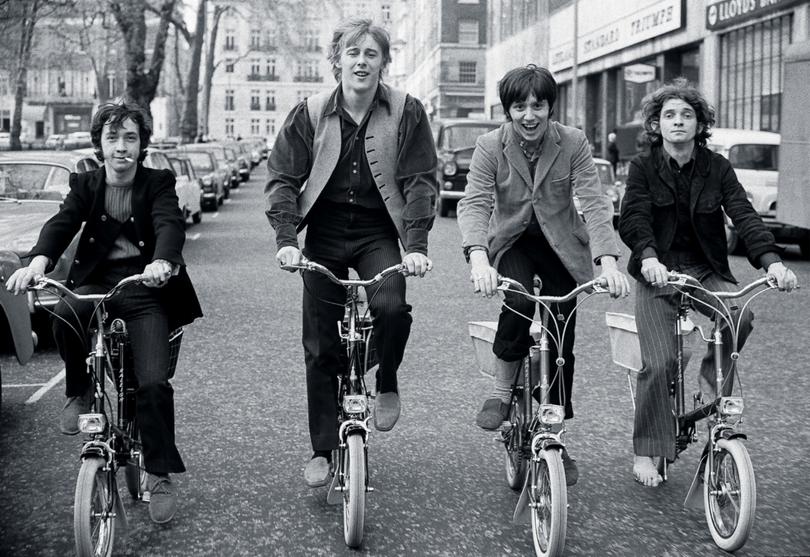
1967
The Seekers: Georgy Girl
Hey now, how can you go past the Seekers’ Georgy Girl? The song used as the title song to the 1966 film topped the charts in Australia and overseas, was only held off No. 1 in the US by the Monkees and is now stuck in your head.
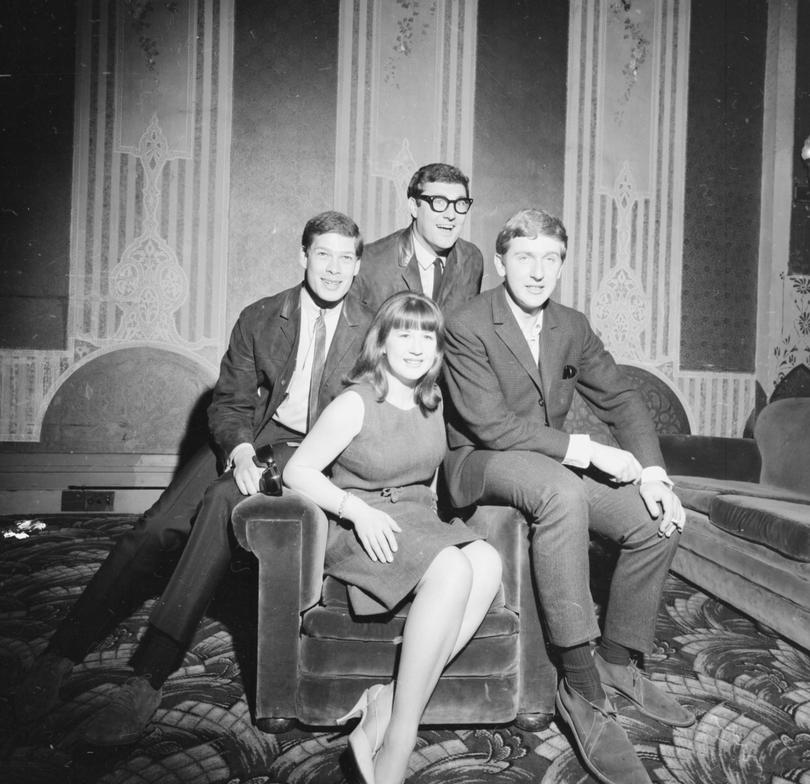
1968
Johnny Farnham: Sadie (The Cleaning Lady)
The novelty song that launched a career that continues today. Has claims on being the biggest-selling Aussie single of the decade … but so does Rowe’s apt Que Sera, Sera.
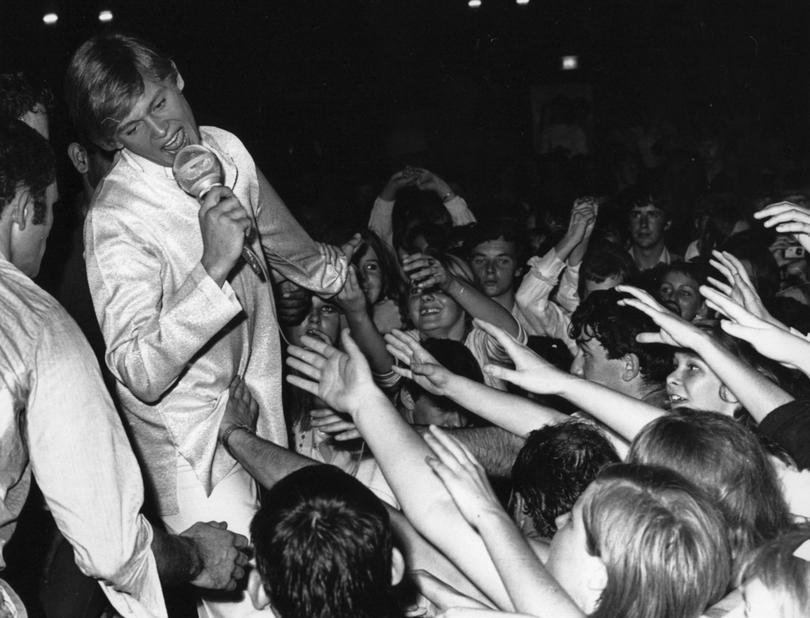
1969
Russell Morris: The Real Thing
Written by Johnny Young and produced by Molly Meldrum, this Oz rock classic ushered in the 70s and remains a psychedelic masterpiece. Tame Impala should cover it.
